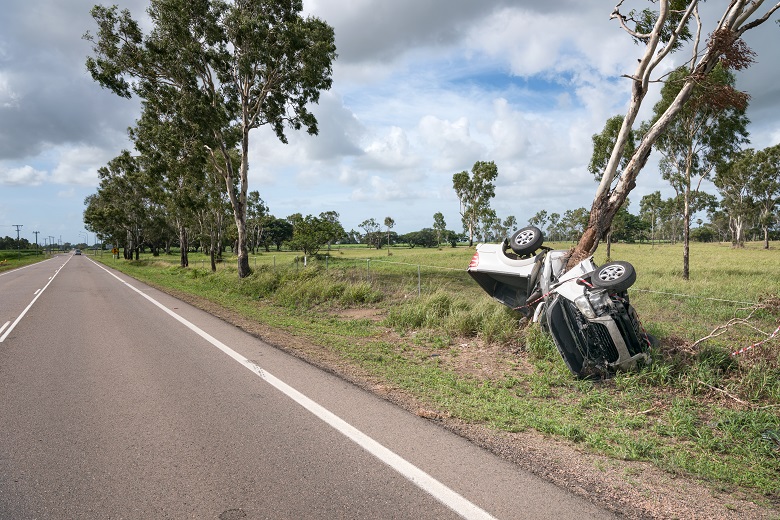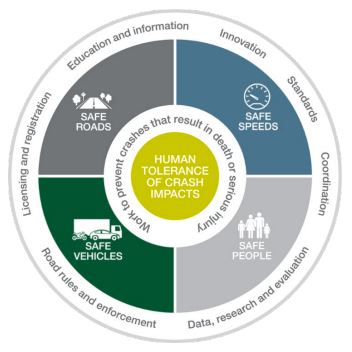
Australia’s peak roads organisation has released a local government guide to reducing road deaths and injuries which says councils have to stop thinking of roads just in terms of infrastructure.

The Austroads resource, Local Government Road Safety Management Guidance, says councils play an important role in road safety, as planning authorities and instruments for lobbying other levels of government for infrastructure and services.
They also play a key role in managing community behaviour.
That’s why it recommends councils embed a road safety management system in their processes and operations.
The guide advocates the ‘Safe System’ approach pioneered in Sweden, which rests on four pillars of safe roads, safe speeds, safe vehicles, and safe systems.
“A paradigm shift in the way road safety is viewed and responded to requires, first and foremost, leadership to initiate a change in mind-set and to guide stakeholders on the journey towards a Safe System,” Austroads says.
“For local government, this means having a management system that goes beyond providing infrastructure services within which road fatalities and serious injuries occur,” the report says.

Councils should also have a road safety management plan detailing their strategies and initiatives to tackle key road safety issues.
“Plans need to reflect not only the nature of issues present in the local area, but also acknowledge the scale and ability of local government to influence road safety outcomes.”
The guide stresses the need for shared responsibility between road managers and road users.
“The burden of road safety responsibility no longer rests solely with the individual road user,” it says.
“Rather, system managers have a primary responsibility to provide a safe operating environment for road users and ensuring that the system is forgiving when people make mistakes,” the report said.
ALGA has welcomed the report but says guidance is meaningless without funds to back it up.
“(The) report is a welcome addition to the tools available to councils to help address our road safety challenge … but guidance can only go so far in the absence of what councils really need, which is a substantial increase in capacity and funding,” president David O’Loughlin told Government News.
“Funding is a key barrier to achieving the improvements we need to see in road safety on local roads.

“Local governments are responsible for … some 662,000 kilometers of roads, giving us the largest relative infrastructure task in terms of asset management.”
However, local government has the smallest revenue base of all the tiers of government, at just 3.4 per cent of Australia’s total taxation revenue, Cr O’Loughlin said.
“Councils are struggling to maintain the existing standard of their roads, let alone find extra funds to straighten out the sharp curves, upgrade road surfaces, widen shoulders, improve line marking and better control intersections.”
Mark Crawley, president of Local Government Professionals Australia, said roads are one of the sector’s biggest expenditure items.
“Local government plays a critical role in the management of over eighty per cent of our nation’s roads,” he said.
“The staff and leadership in local governments are constantly working to improve the safety of our communities on these roads, so we welcome Austroads’ guidelines as another step in this process.”
Comment below to have your say on this story.
If you have a news story or tip-off, get in touch at editorial@governmentnews.com.au.
Sign up to the Government News newsletter